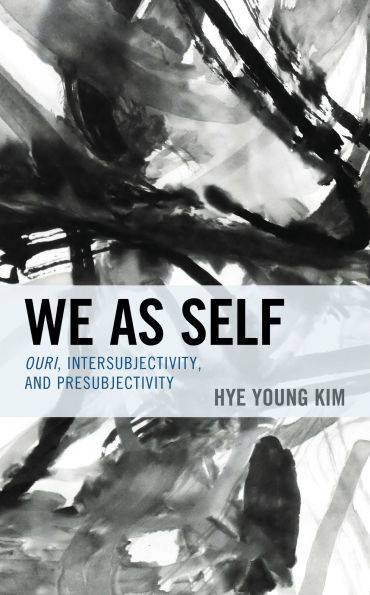We as Self argues for a notion of we-ness based not on a self-centered or a self-less point of view, in which the “we” is only either a collection of individuals or an anonymous whole, but on “relation.” This relation is pre-subjective, meaning that the conscious, reflective, subjective self is not the conceptual basis of the relation. The irreducible metaphysical distinction between self and other is always there, but the awareness of it is not prior to this relation, which is an ontological pre-condition of self. Hye Young Kim demonstrates that the distinction and unity of self and other in this relation can be comprehended spatially by applying knot logic. The author analyzes certain linguistic practices in Korean to show one representation of pre-subjective we-ness in language, but not in an ethnographical manner. By doing so, the author criticizes and challenges the Eurocentric tendency of philosophy and contributes to efforts to expand diversity in philosophy.
1137608314
We as Self: Ouri, Intersubjectivity, and Presubjectivity
We as Self argues for a notion of we-ness based not on a self-centered or a self-less point of view, in which the “we” is only either a collection of individuals or an anonymous whole, but on “relation.” This relation is pre-subjective, meaning that the conscious, reflective, subjective self is not the conceptual basis of the relation. The irreducible metaphysical distinction between self and other is always there, but the awareness of it is not prior to this relation, which is an ontological pre-condition of self. Hye Young Kim demonstrates that the distinction and unity of self and other in this relation can be comprehended spatially by applying knot logic. The author analyzes certain linguistic practices in Korean to show one representation of pre-subjective we-ness in language, but not in an ethnographical manner. By doing so, the author criticizes and challenges the Eurocentric tendency of philosophy and contributes to efforts to expand diversity in philosophy.
37.79
In Stock
5
1

We as Self: Ouri, Intersubjectivity, and Presubjectivity
232
We as Self: Ouri, Intersubjectivity, and Presubjectivity
232Related collections and offers
37.79
In Stock

Product Details
| ISBN-13: | 9781498554664 |
|---|---|
| Publisher: | Bloomsbury Publishing |
| Publication date: | 01/28/2021 |
| Sold by: | Barnes & Noble |
| Format: | eBook |
| Pages: | 232 |
| File size: | 21 MB |
| Note: | This product may take a few minutes to download. |
About the Author
From the B&N Reads Blog
